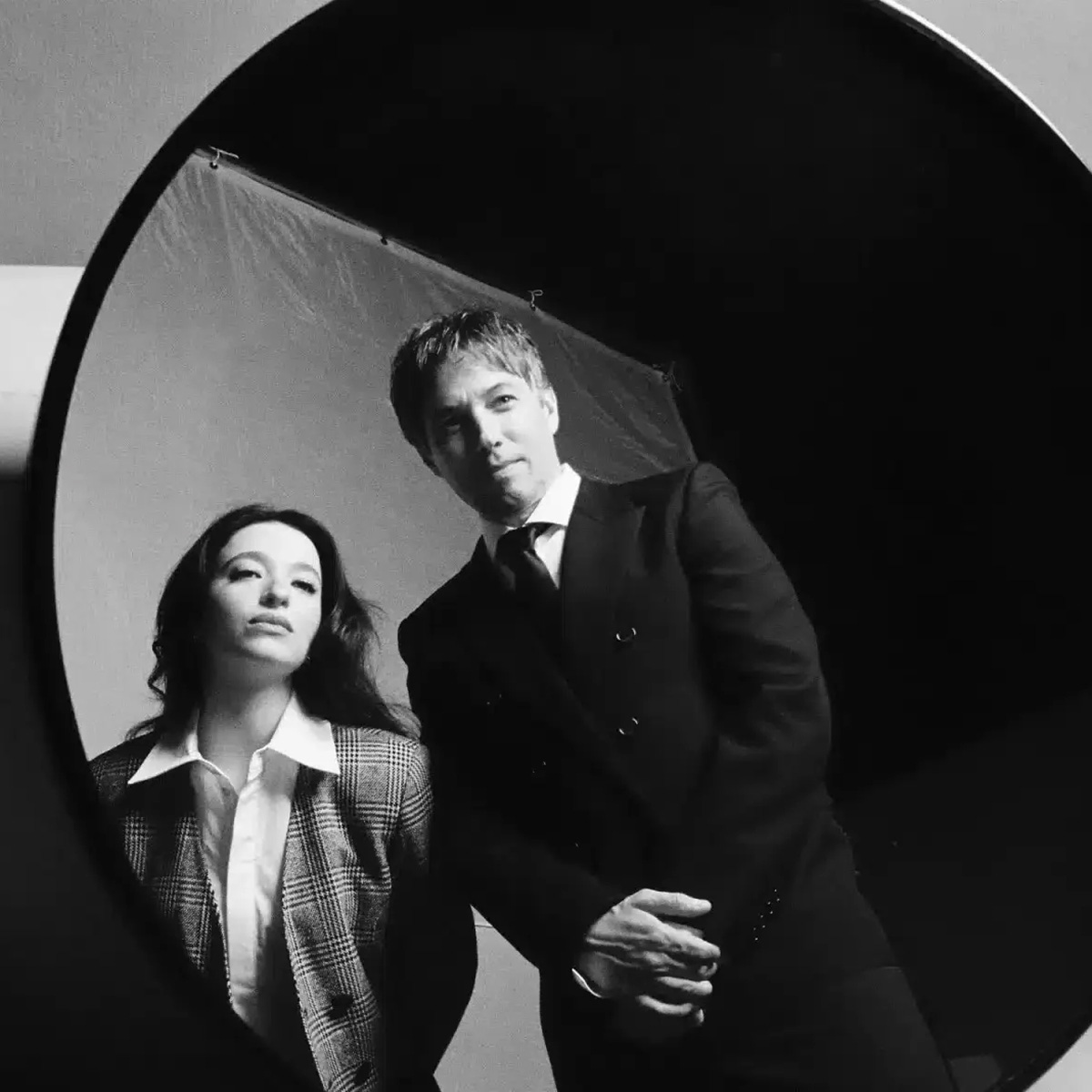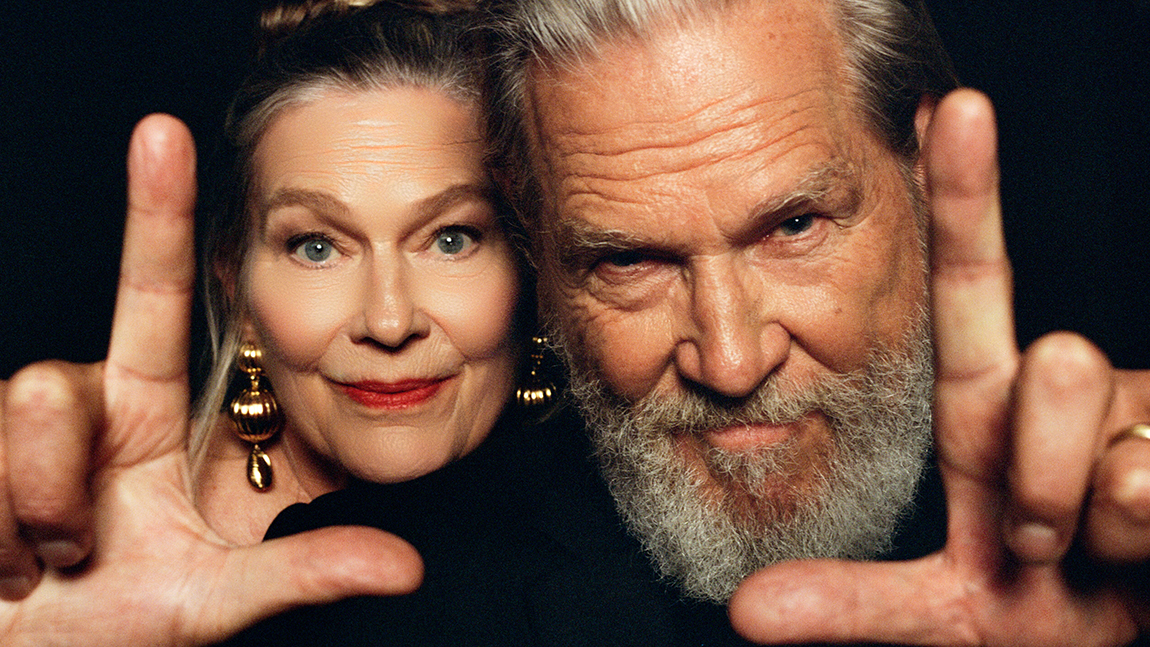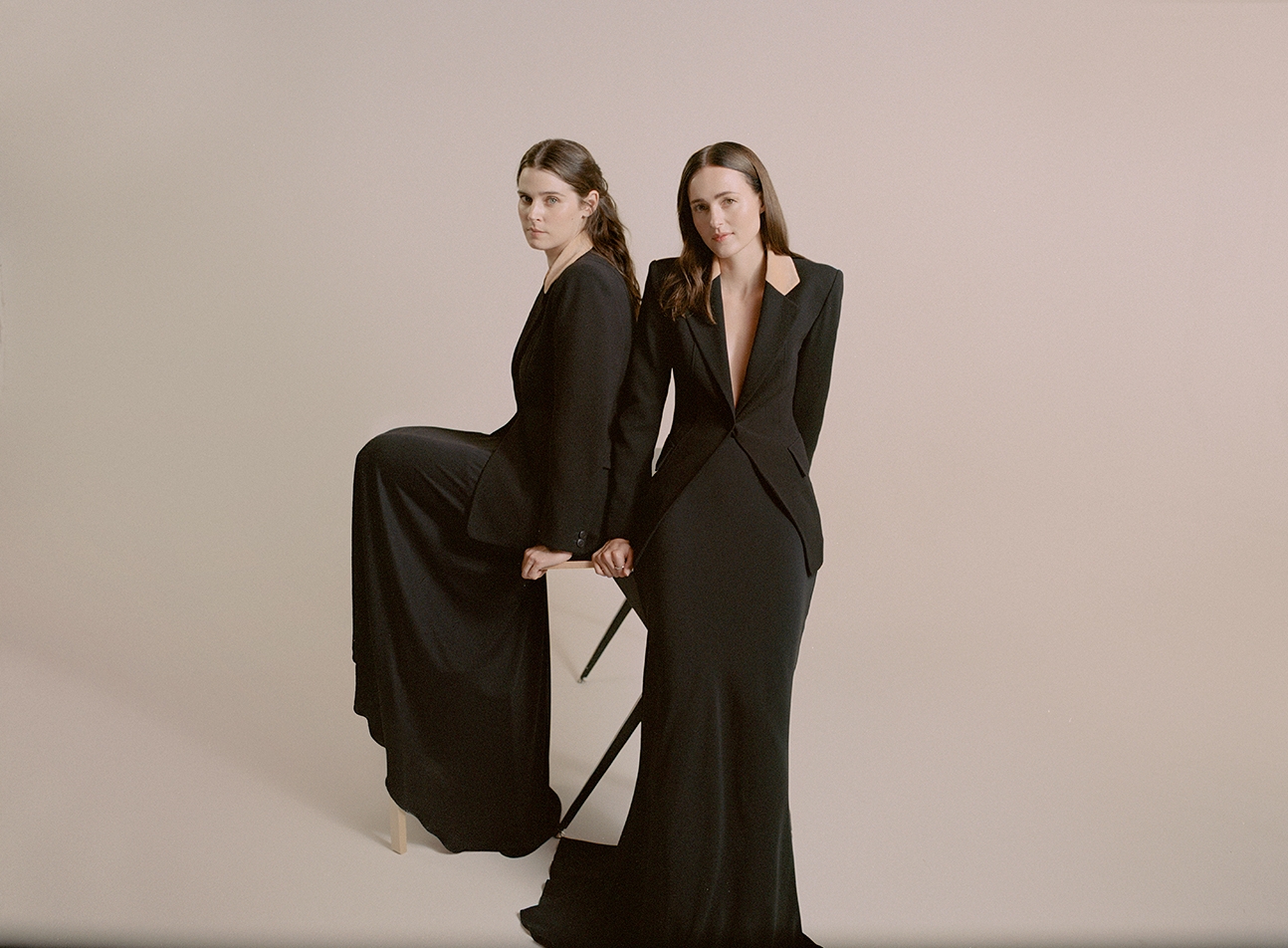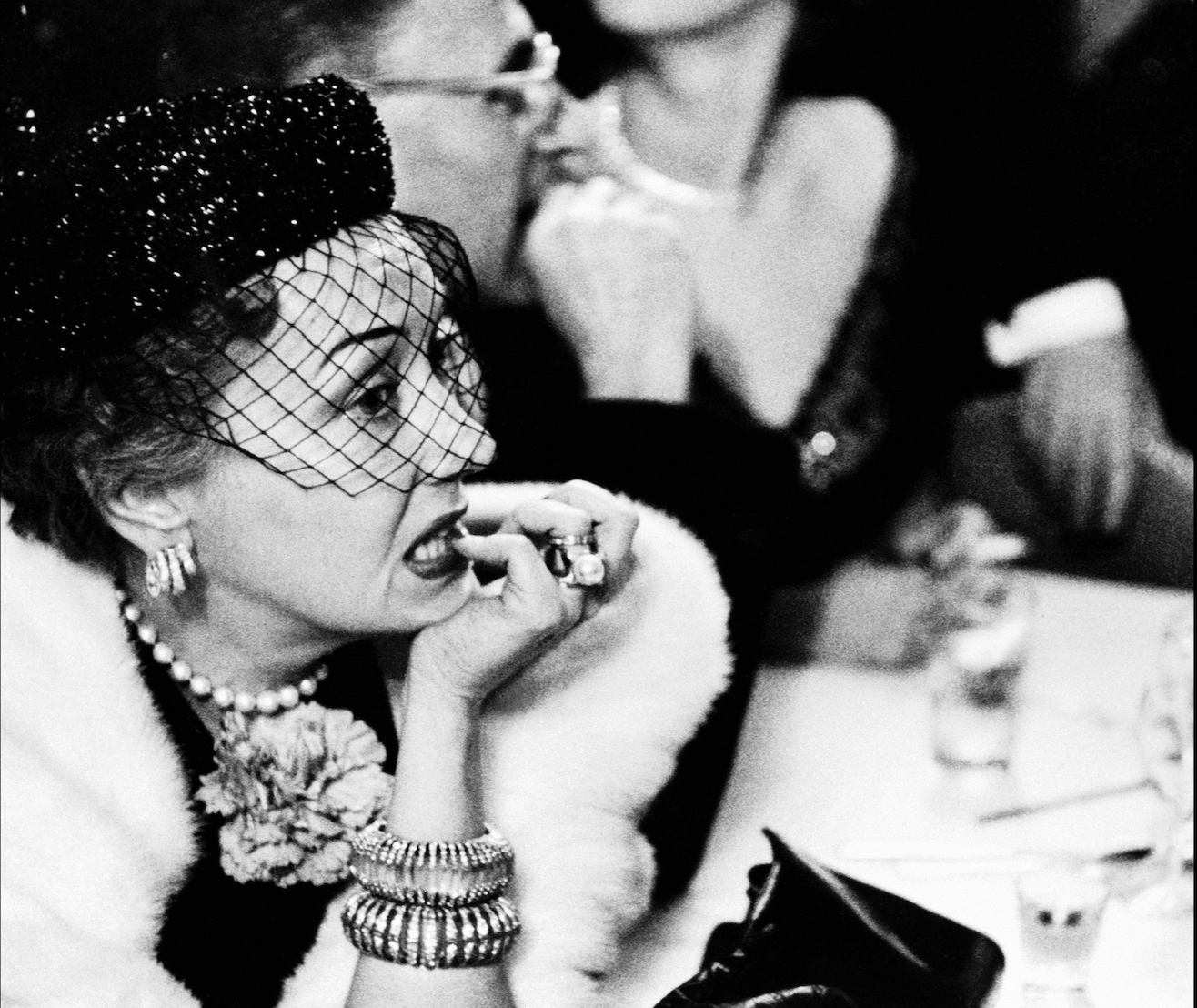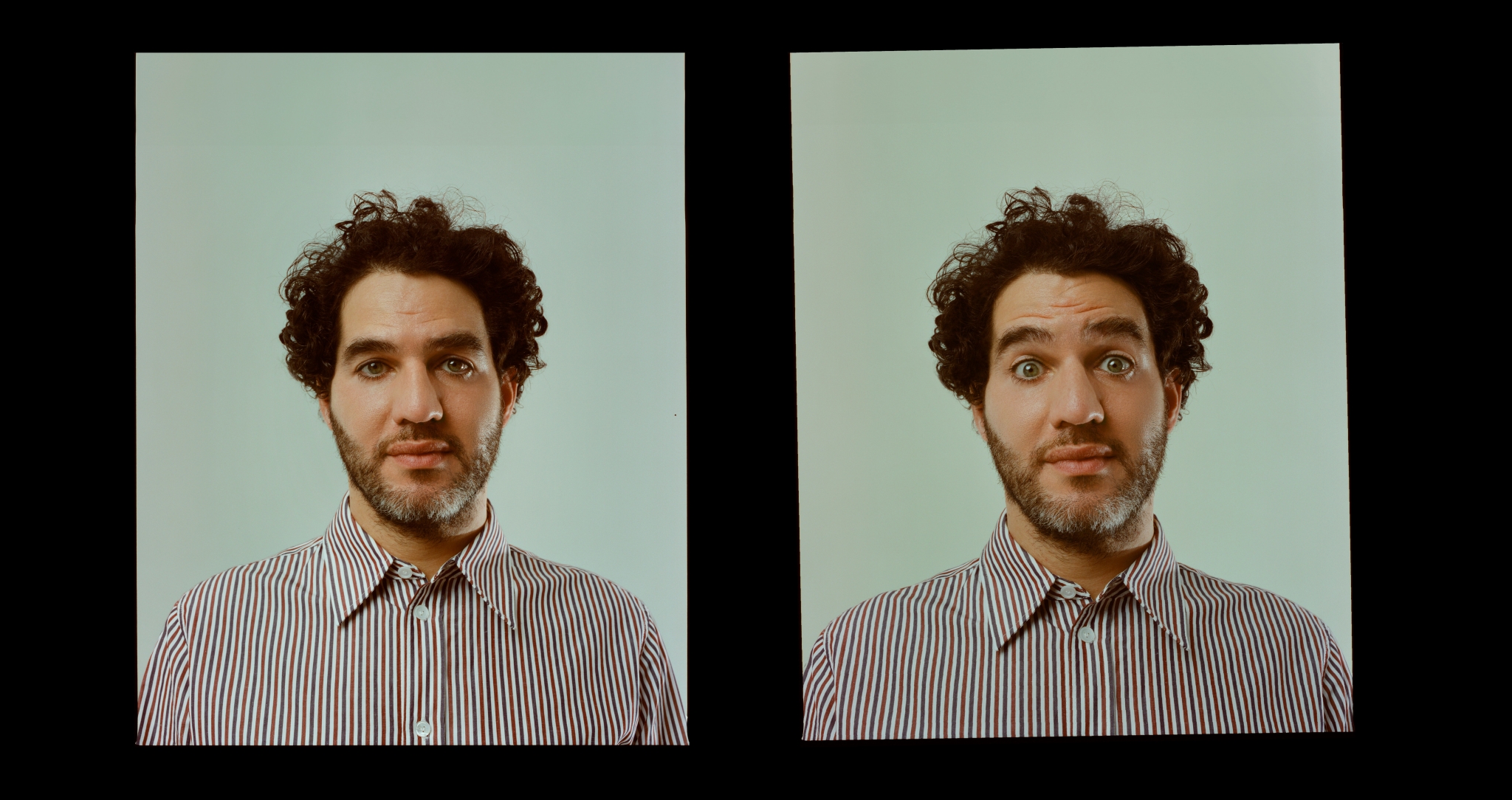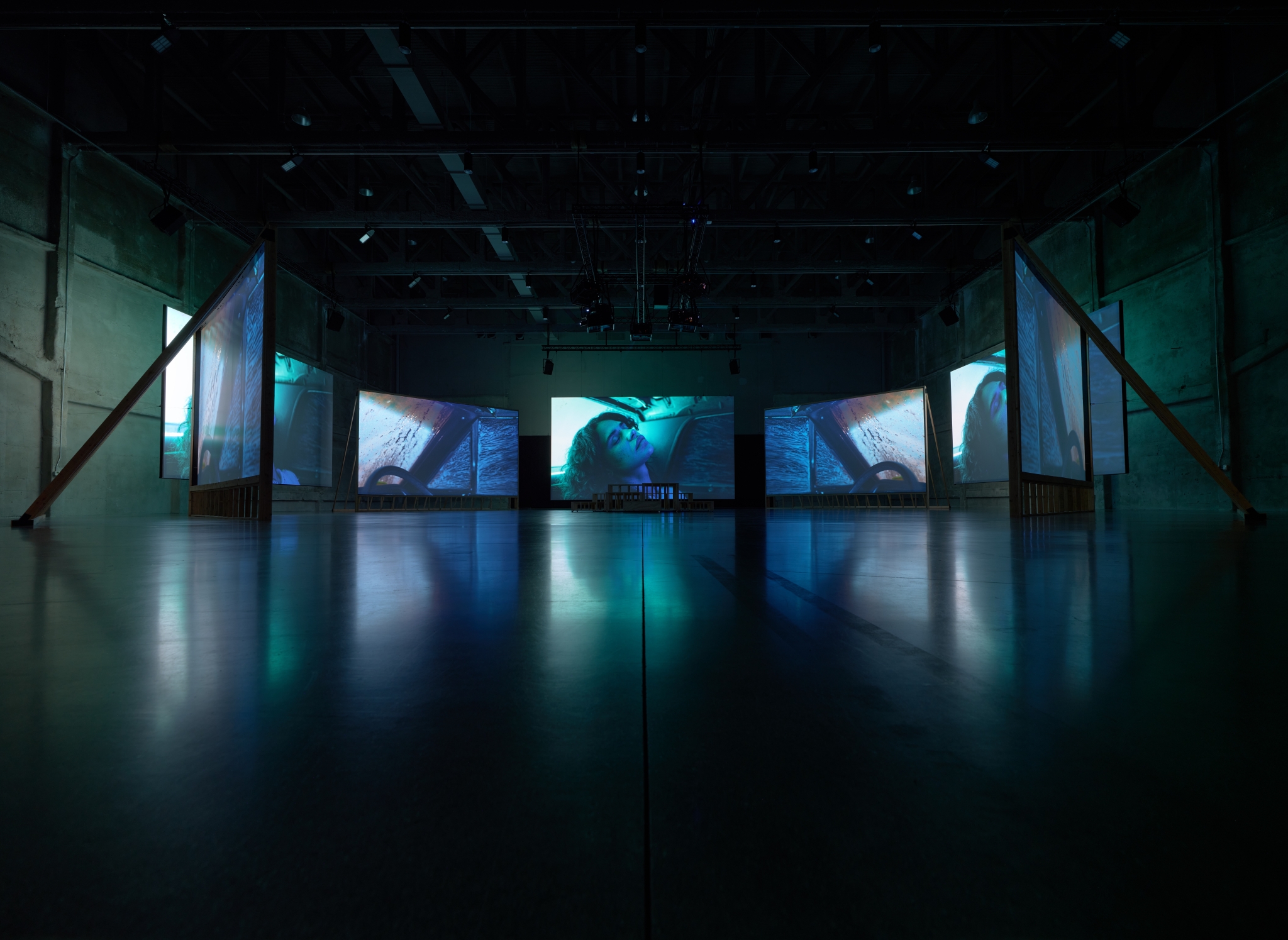

Just over a year ago, gallerist Lucca Hue-Williams and A Rabbit’s Foot Creative Director Fatima Khan sat down with artist Doug Aitken in this Los Angeles studio, when Lightscape, Aitken’s first feature film, was still in its embryonic phase—a constellation of notes, storyboards, and sonic fragments pinned to the walls of his studio.
Now, with the project having evolved into a kaleidoscopic film and immersive installation, the trio reunites to reflect on its development and the creative possibilities born from dissolving traditional forms. What follows is less a formal interview and more a meandering, intimate conversation between friends—about image, sound, storytelling, and how to build new languages for an accelerating world.
Lucca Hue-Williams:
Lightscape is described as creating a modern mythology. What is Lightscape?
Doug Aitken:
With Lightscape, we were really interested in creating a different kind of narrative. It is a modern story that is very fragmented, very musical—like creating a narrative as a series of notes and patterns that change and evolve. I had no interest in a straight narrative, you know, a three-part story in film and artwork. Instead, I wanted something much more immersive and kaleidoscopic. I wanted a story structure that the viewer is empowered to weld together and make their own connections and meanings. The film strips away language and dialogue. I wanted to see if we could create something powered by image, music, and kinetic energy.
LHW:
That leads me straight into my next question. As you’ve just said, this piece is largely an immaterial exploration of the visual and the sonic—a synesthesia of sorts.
Is there an attempt here to shift the cultural perception of value away from the material and the commercial, or is that more of an underlying theme?
DA:
We make culture out of the times we live in, and art has always been a distorted mirror of the present. If we’re fortunate, art and culture can reveal something about the world we live in—through a different lens. Lightscape comes out of a contemporary condition, a landscape of constant change, a world where information is condensed, accelerated. This project was born organically out of that environment. It’s a very expansive project. Lightscape is a film and also an immersive artwork—like an exploded film. The seven-screen installation is artwork. The Lightscape installation has had radically diverse live activations, like the 80-person LA Philharmonic performing live accompaniment, or Suzanne Ciani—one of our godmothers of electronic music—improvising live. We’ve had Beck and La Lom creating a radical soundscape inside the installation. Last weekend, the LA Dance Project choreographed multiple dancers to move through the film projections—many of whom were also characters in the film. It was very interesting seeing them on screen and then in physical space, continuing the narrative.
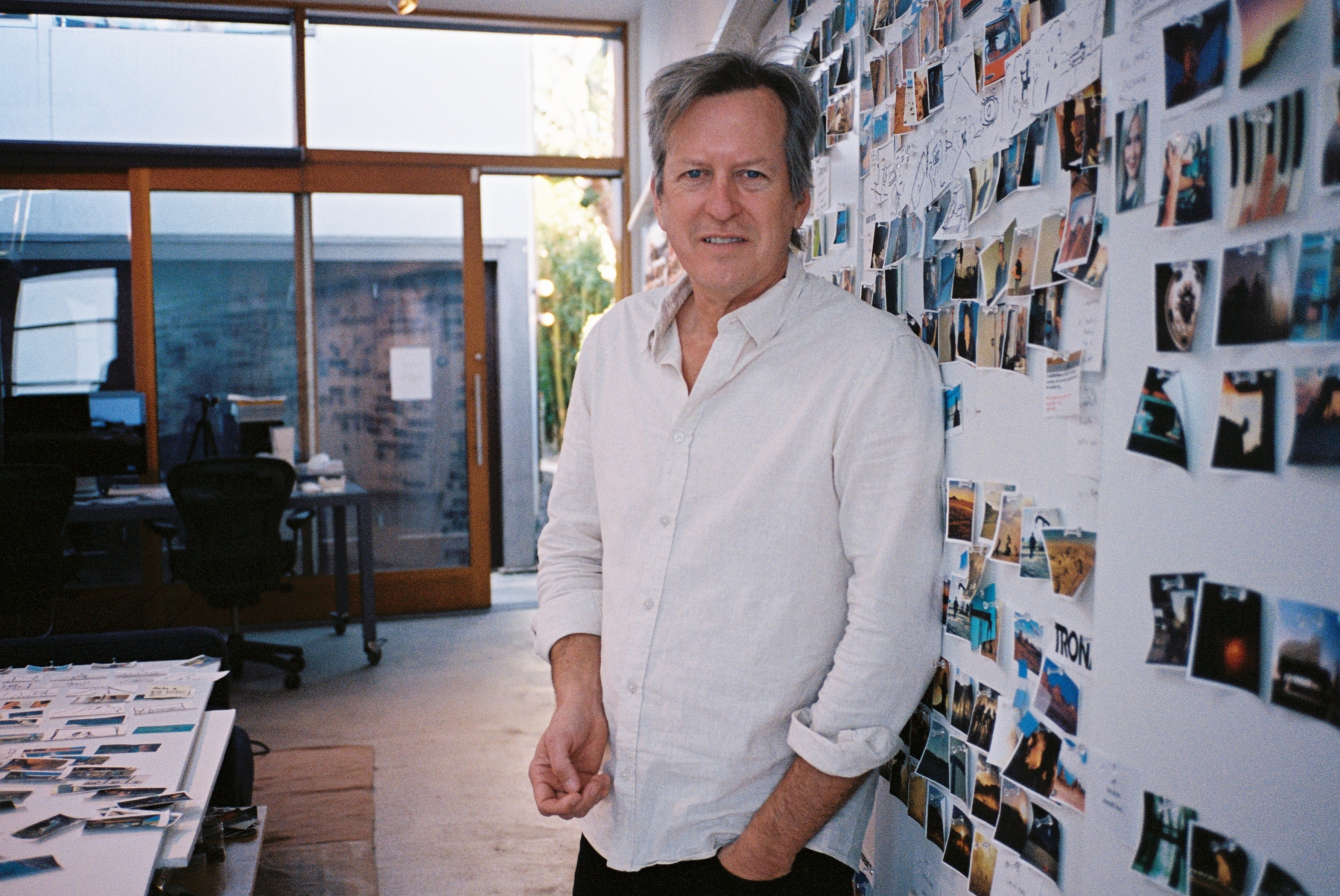
After a retrospective in Denmark, I got a call from Lars von Trier. He said, “We have so much in common—even though we don’t know each other.” I visited his converted military base studio, and he said, “We both want to be completely autonomous.” It was like someone held up a mirror—I hadn’t realized that about myself.
LHW:
To that end, this idea of temporality and creating architectures of time is super intriguing because it’s present in all of your work.
Do you think working with this medium—and with sound—increases the ability to be present? Is this something you’re hoping to communicate to others?
DA:
I love that phrase you used, “architecture of time.” It’s such a beautiful way to frame film. I think if you’re lucky, and working with moving images, you can create an architecture of time. It’s no longer a flat space or just a screen with an image—the experience becomes three-dimensional. It becomes something the viewer can explore, inhabit, and discover. That’s when the screen breaks open and becomes something immersive.
That idea was very pertinent with Lightscape, because I wanted to create a film that merged with physical and architectural space. I wanted the film installation to have a mysterious, labyrinth-like quality—very different from traditional cinema, where you’re passively seated, watching as the screen tries to seduce you. With more progressive installations, we’re exploring different models—putting you in a situation where you move through space. The music, sound, and moving image are also in motion, creating a kind of dance between the viewer and the story.
To me, that’s exciting. So much of life is flattened to small screens—phones, laptops, rectangles. I think it’s fascinating to challenge that screen, to crack it, and break it.
LHW:
It’s fascinating that you’re saying this, because when I’ve spent time with you in LA, it feels like your lens on the world is shaped by growing up in a film-oriented city. There’s this romantic notion of psychogeography, as coined by Guy Debord, which refers to mapping land through emotional experience rather than physical boundaries.
Do you feel like Lightscape aligns with that?
DA:
I think in Lightscape, I wasn’t as concerned with developing characters as individuals. I was more interested in the landscape around them—using people almost like projectiles moving through space: an arid desert, a mechanized factory, a modernist neighborhood. These micro-narratives are driven by the characters, who are all searching for something. But Lightscape is really more of a tapestry—those micro-narratives connect and reconnect, building a larger portrait or a set of questions about the landscape and the condition of constant change.
LHW:
Super interesting. I don’t want to get too political, so we can skip this if you’d like—but America and the world are going through a strange moment politically, socially, economically, and environmentally.
Do you have any advice for artists on how to navigate this in their practice? Your work reminds me of Kerouac’s stream-of-consciousness writing that helped shape the counterculture of the 1960s. It feels like Lightscape captures a snapshot of what America’s going through now. I know it’s a big question—especially for a 9 a.m. Zoom.
DA:
That’s a very big breakfast question—lots of ingredients there. But taking it in bite-sized pieces: I’m not interested in literal stories. That’s not how I see the world. You mentioned stream of consciousness, and Lightscape definitely aligns more with that tradition—like Altman’s Nashville, Cocteau’s Orpheus, or Jodorowsky’s El Topo. These are works where narrative explodes, mixing mediums—music, poetry, dance, landscape, art—into a big cauldron. That mixture lets you break away from linear storytelling.
We live in a world where, if we had dinner tonight, we’d be talking about everything—Fatima would mention a song, you’d mention a book. But culture is still siloed. Is Rabbit’s Foot really only talking about cinema? And what is cinema now? A film could be five seconds on your phone, scrubbed past during breakfast. Is a two-hour movie more valid than that?
I think we’re in a strange Renaissance. We’re pressed up against a Berlin Wall, creating out of pressure, fueling our questions and beliefs into creative tracks. We’re seeing silos erode. Mediums are merging. That’s exciting. We don’t want to simply inherit the past. We need to blow apart the structures we know and reassemble them differently.
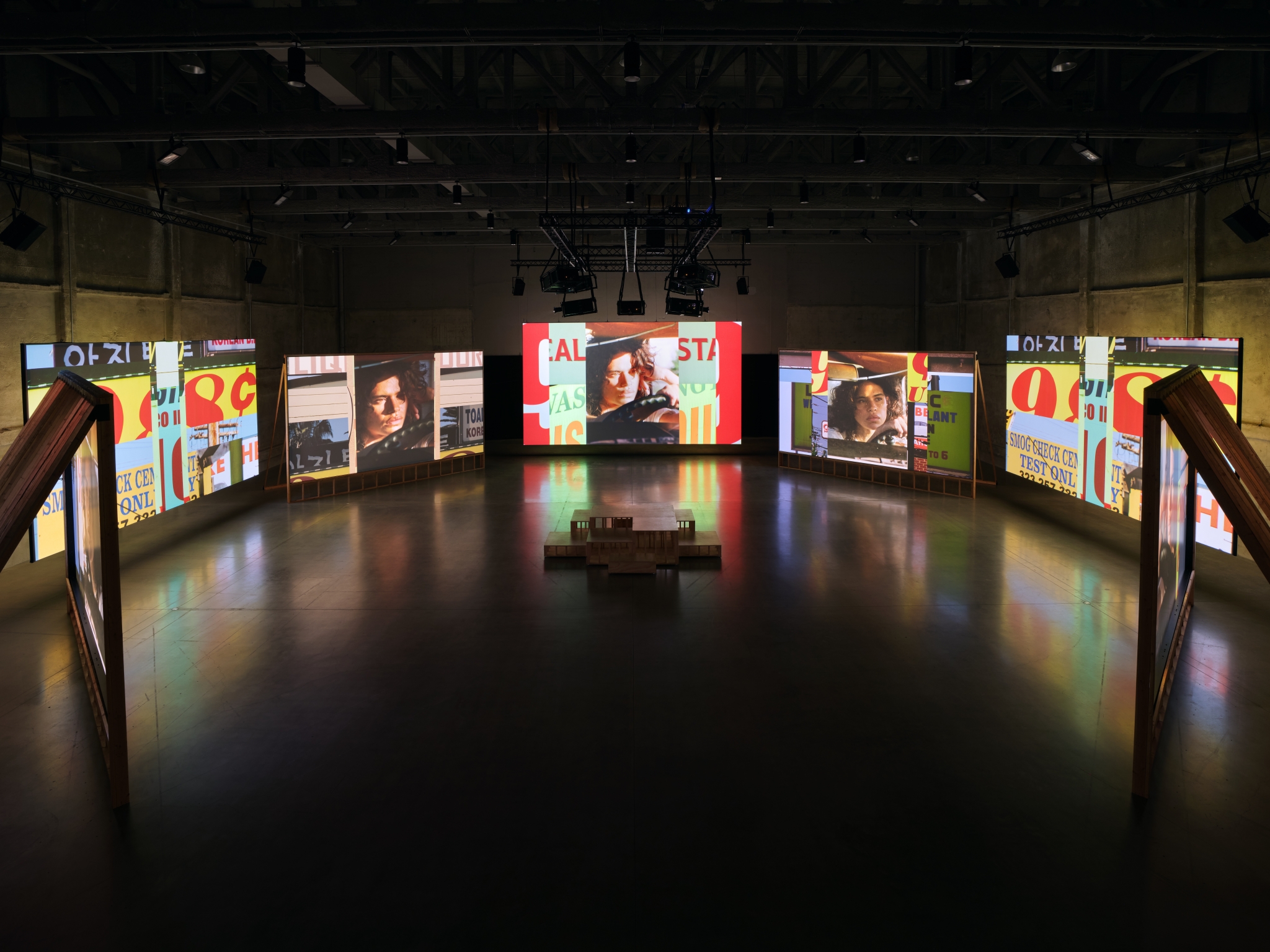
Doug Aitken, Lightscape, 2024; Install View: Marciano Art Foundation, Los Angeles, CA, USA, 2024; © Doug Aitken, Courtesy of the artist; 303 Gallery, New York; Galerie Eva Presenhuber, Zürich; Victoria Miro, London; and Regen Projects, Los Angeles. Photo: Brica Wilcox
Fatima Khan:
When we first met, your studio was covered in thumbnails of potential locations and narrative frameworks. Could you share how you begin a project? When you started Lightscape, did you imagine seven screens?
DA:
It’s amazing that you saw the studio so early. It was just a raw explosion of images and ideas—nothing was harnessed. I don’t like a singular direction; I like things to be polyphonic. When you visited, there were maybe a thousand images tacked to the wall—little narrative islands buzzing with electricity, asking how they could relate.
Eventually, we realized we needed to make an uncompromising film—not inserted into a traditional story structure. But we also needed enough of a framework to improvise. For example, you find yourself in Death Valley for several days, and you know you have just the right ingredients. That’s perfect. Improvising in situ is my most natural condition. I love collaborating with people, places, and landscape—teasing out narrative structures. Filming is a big harvest. Editing is where the structure really comes together.
FK:
How long did you film for? I remember seeing the mood board back in January 2024—was it months?
DA:
We filmed for almost eight months straight. Eventually, you go beyond what you wrote. You’re at a rundown Best Western in Death Valley at 2 a.m., scribbling on a post-it what you’ll film tomorrow. At 6 a.m., you’re explaining it to the crew in the parking lot, and then you just go out and do it. That kind of raw, wild energy—you can guide it, sculpt it, but not control it. That’s what I want in film and art. I don’t want a perfect storyboard execution.
FK:
Can we talk about the cameras you used?
DA:
It’s funny—you ask about cameras, and I’d become obsessed with autonomy. I wanted our studio to be independent. I never wanted to ask permission to create. Over time, I subconsciously built a space where we were self-sufficient.
After a retrospective in Denmark, I got a call from Lars von Trier. He said, “We have so much in common—even though we don’t know each other.” I visited his converted military base studio, and he said, “We both want to be completely autonomous.” It was like someone held up a mirror—I hadn’t realized that about myself.
Now, as we’re editing Lightscape the feature, we also have crews in Malibu’s burned-out fire zones, forging materials from ruins into new kinetic sculptures that make music. All these projects feed each other. It’s not singular—it’s plural. It’s not isolation—it’s dialogue with the world.
FK:
That’s fascinating. So, Lightscape will become a feature-length film?
DA:
Yes. It looks like the film will be the first artwork ever released by IMAX. That’s exciting. You’ve got this huge screen, incredible audio—and maybe we can subvert the system. Lightscape can exist in that format and live its own life—outside the museum system.
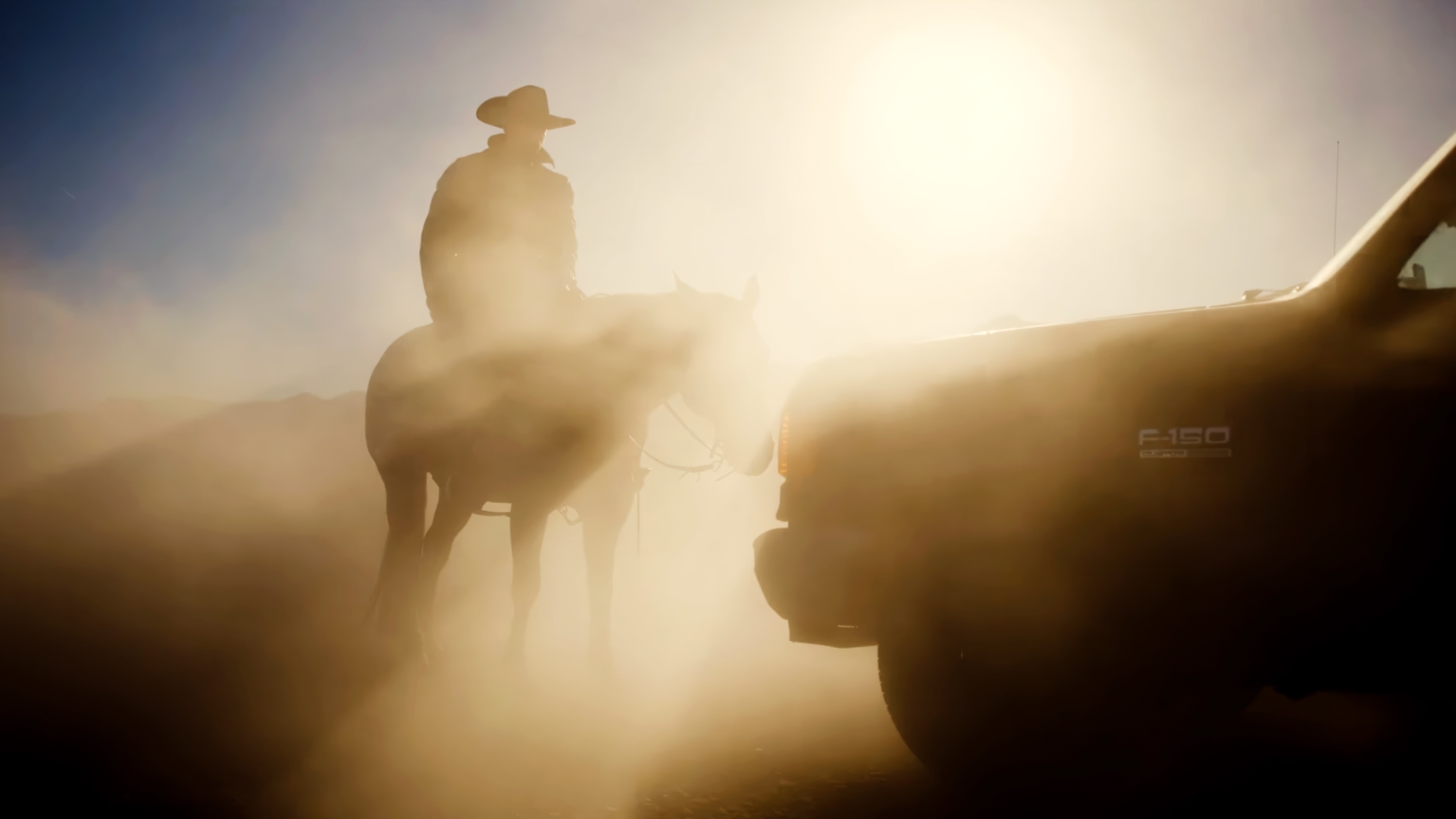
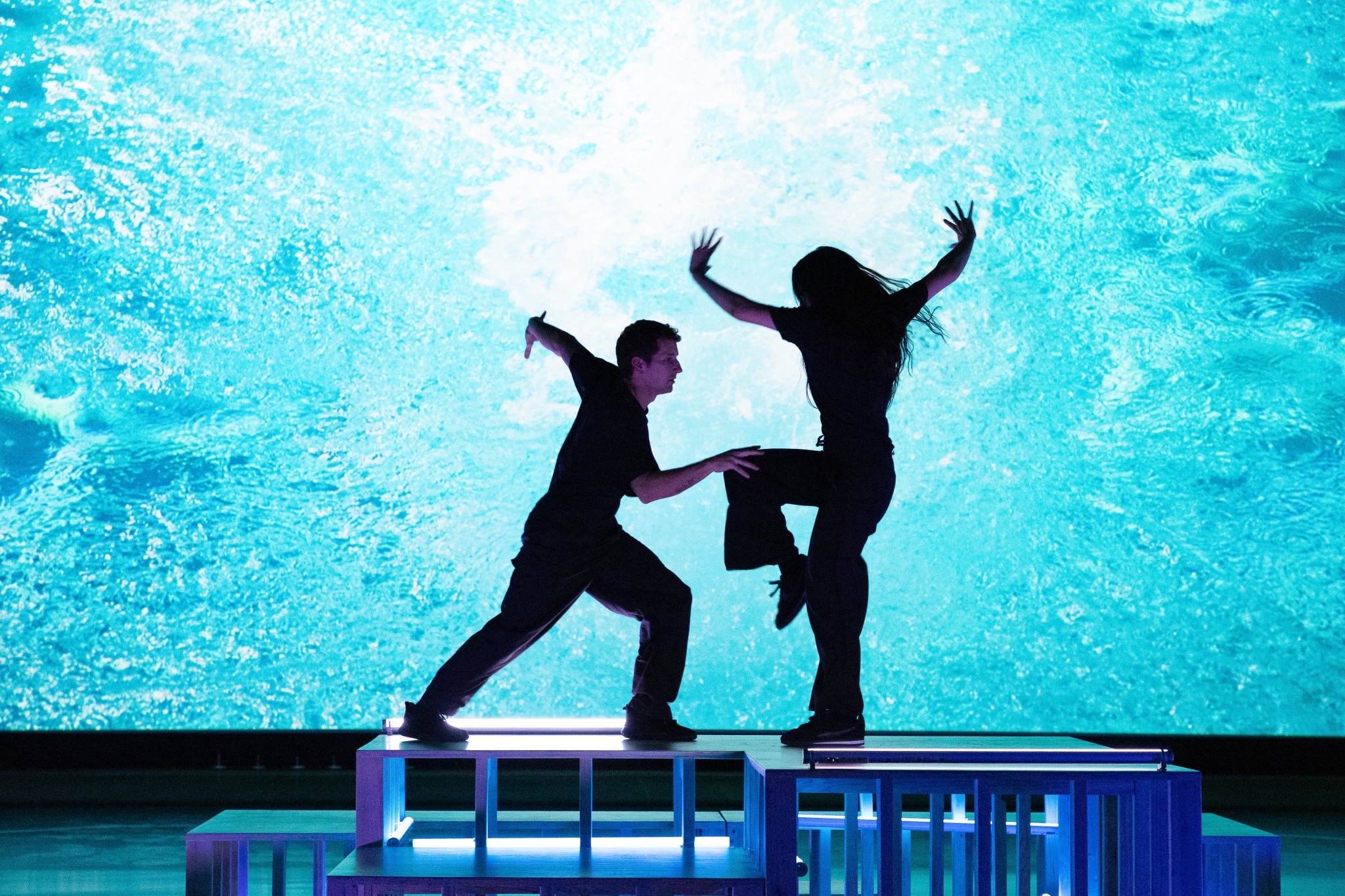
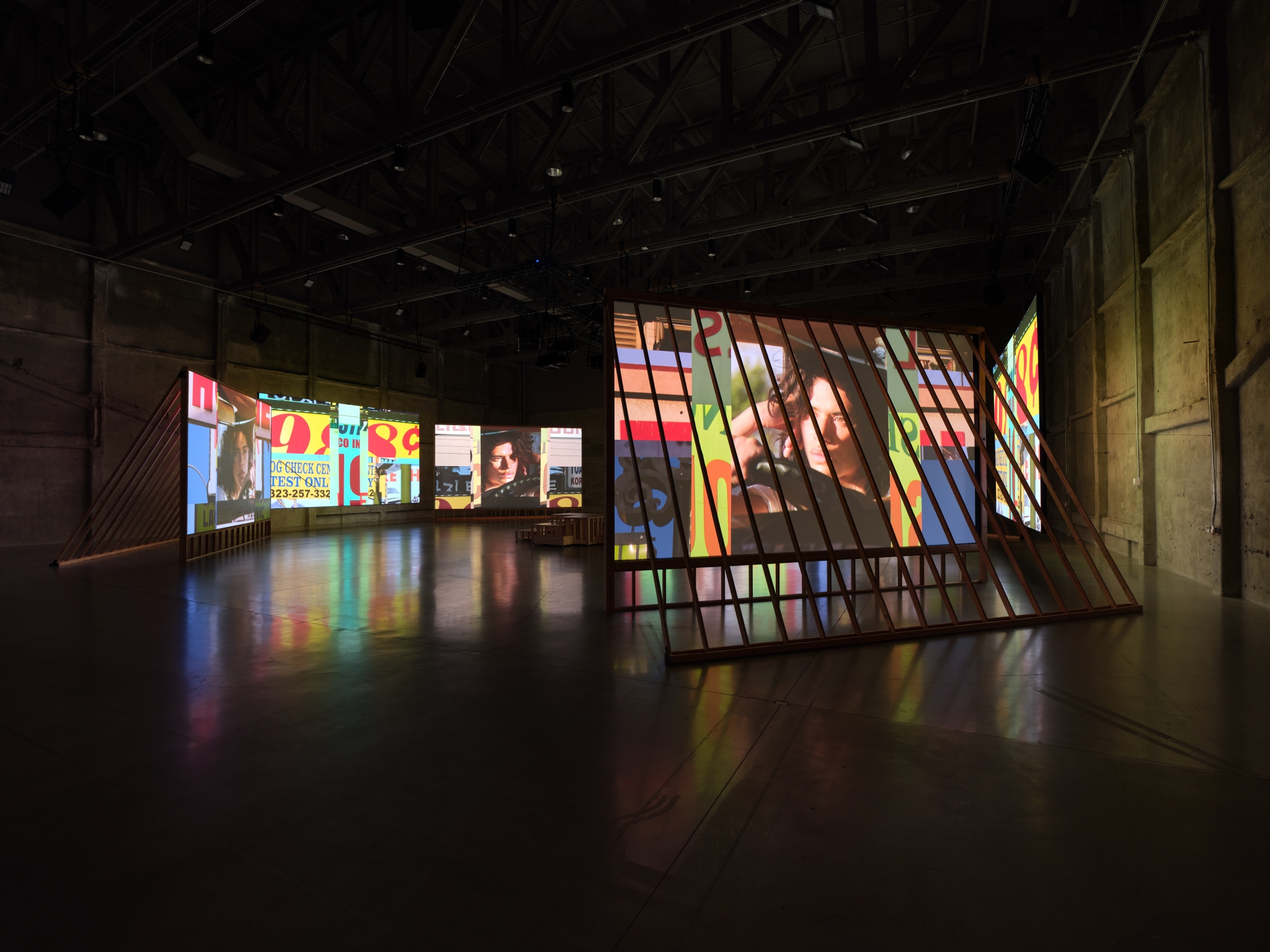
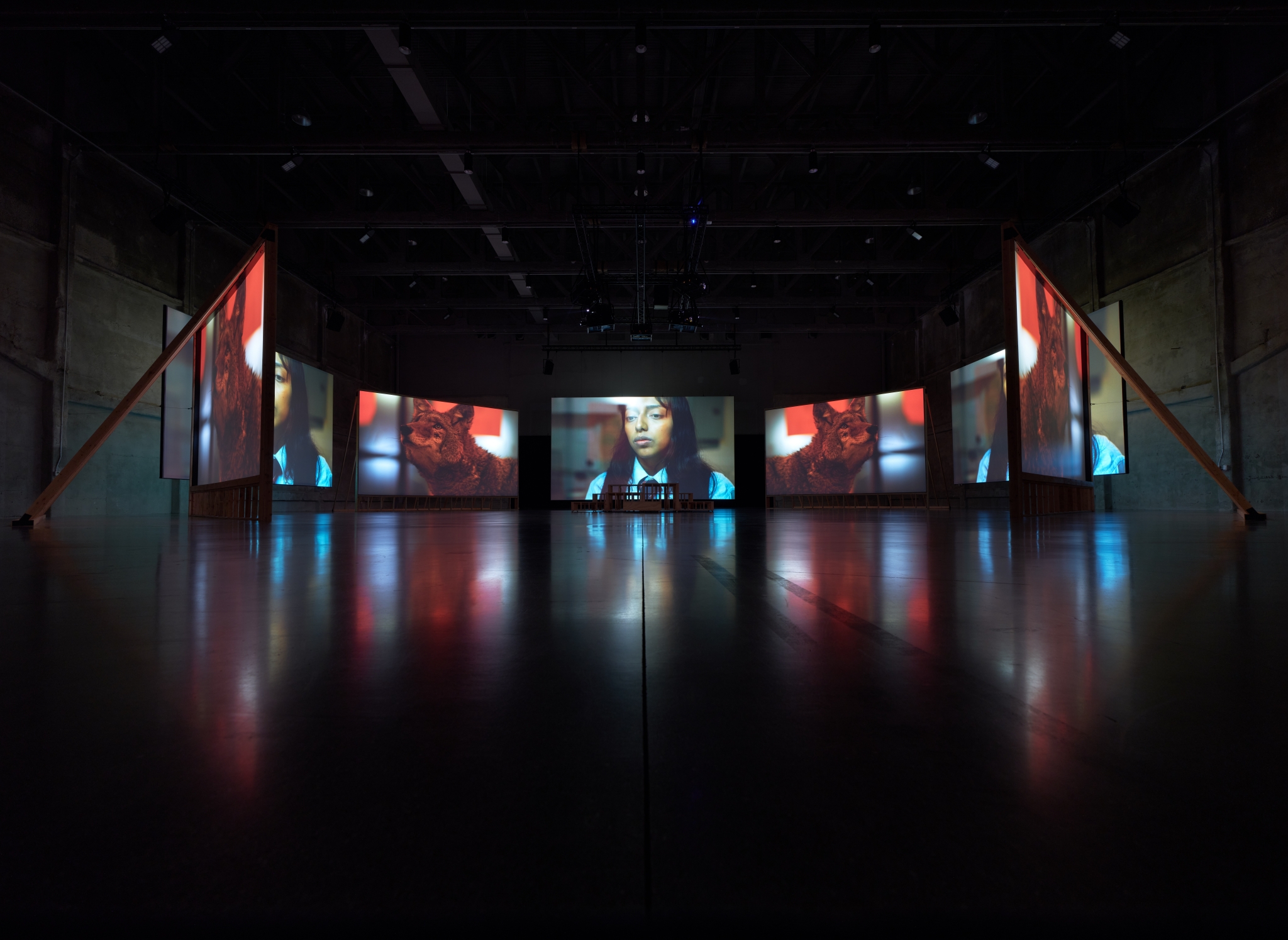
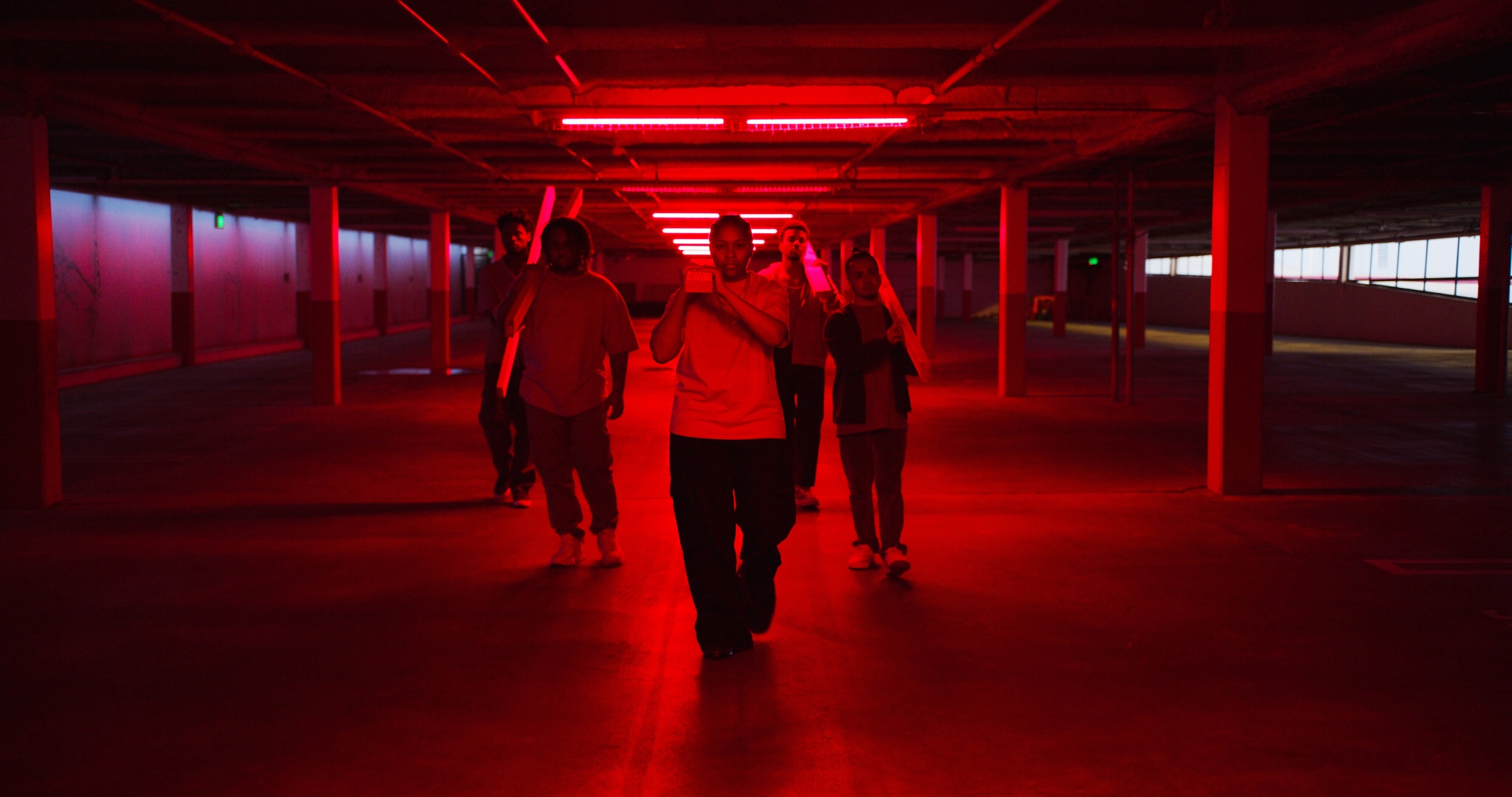
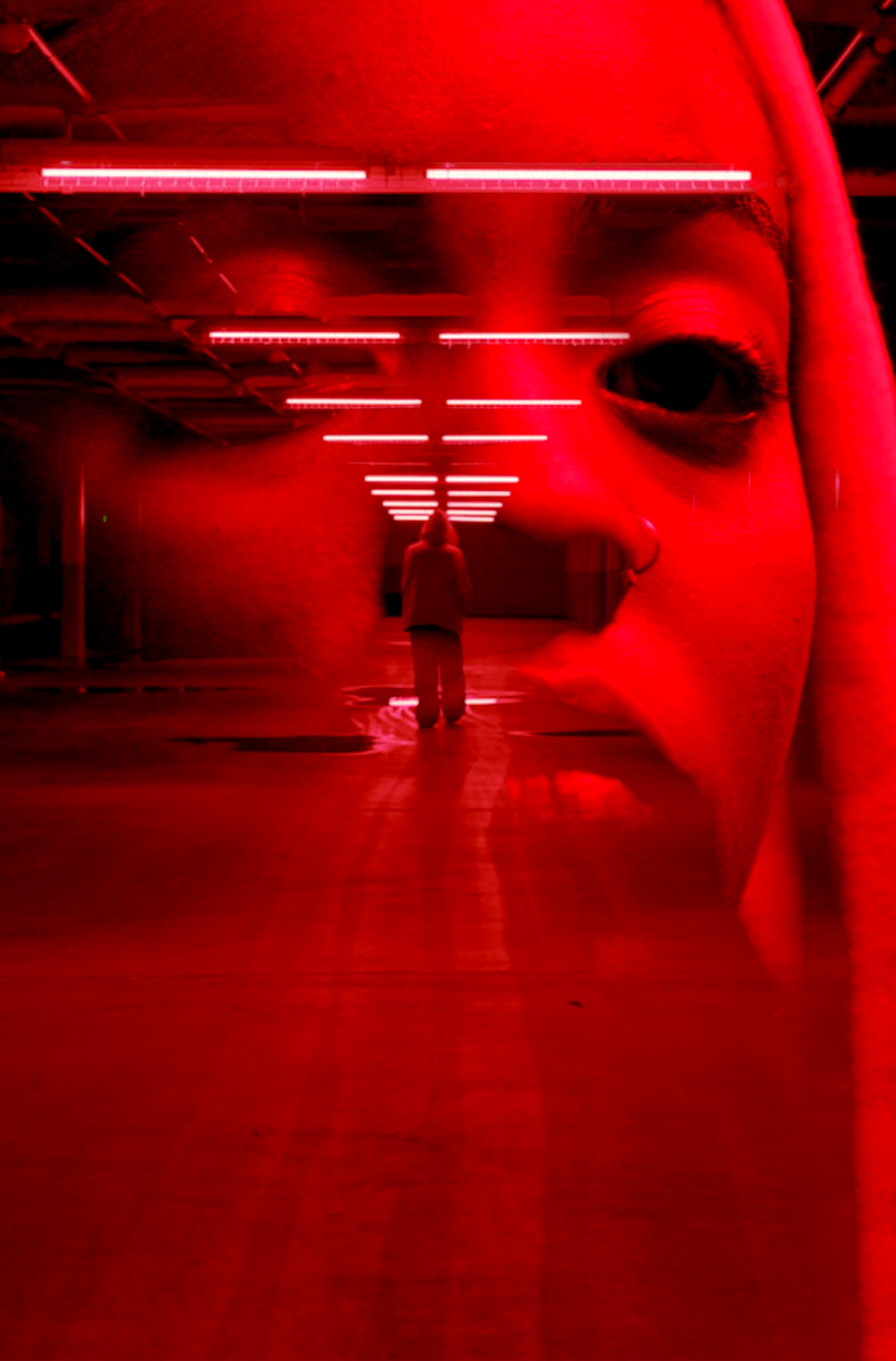
FK:
I’d like to hear about the typography and graphics within the installation.
DA:
The text and signage scenes in Lightscape—are all hand-painted, re-edited to say new things. That was like our daily life. You go through the Metro, walk the sidewalk, drive the highway—we’re constantly absorbing signs: foreclosure, buy now, clinic, for sale.
This psychic debris field of language—we’re absorbing it all the time. At night, you lie down, close your eyes, and you start seeing phrases like poems. I felt like I was fracking the city—extracting fonts and words, then reassembling them into something new.
FK:
Have you finished filming, or are you now editing the Lightscape feature?
DA:
We’re almost done editing. And it’s funny you mentioned typography—after this, we’re heading into Venice Beach alleys to spray-paint film titles for the title sequence. We’ve got multiple fonts, stencils, locations we want to hit.
FK:
Will there be acting in the feature?
DA:
Some dramatic scenes are expanded in the feature. There’s more breathing room and pacing. Every iteration of Lightscape has its own quality. What you said, “the architecture of time”—that’s exactly right. The feature version lets you swim through scenes, while the installation is more like choreography, syncing, contracting, expanding.
This project speaks to where we are now. It’s not a marketable package. It’s an artwork that speaks its own language. That kind of fluidity—I just want to see more of it in our culture.
To explore the full conversation and learn more about Lightscape—including upcoming screenings and installations—visit lightscapeart.org.

